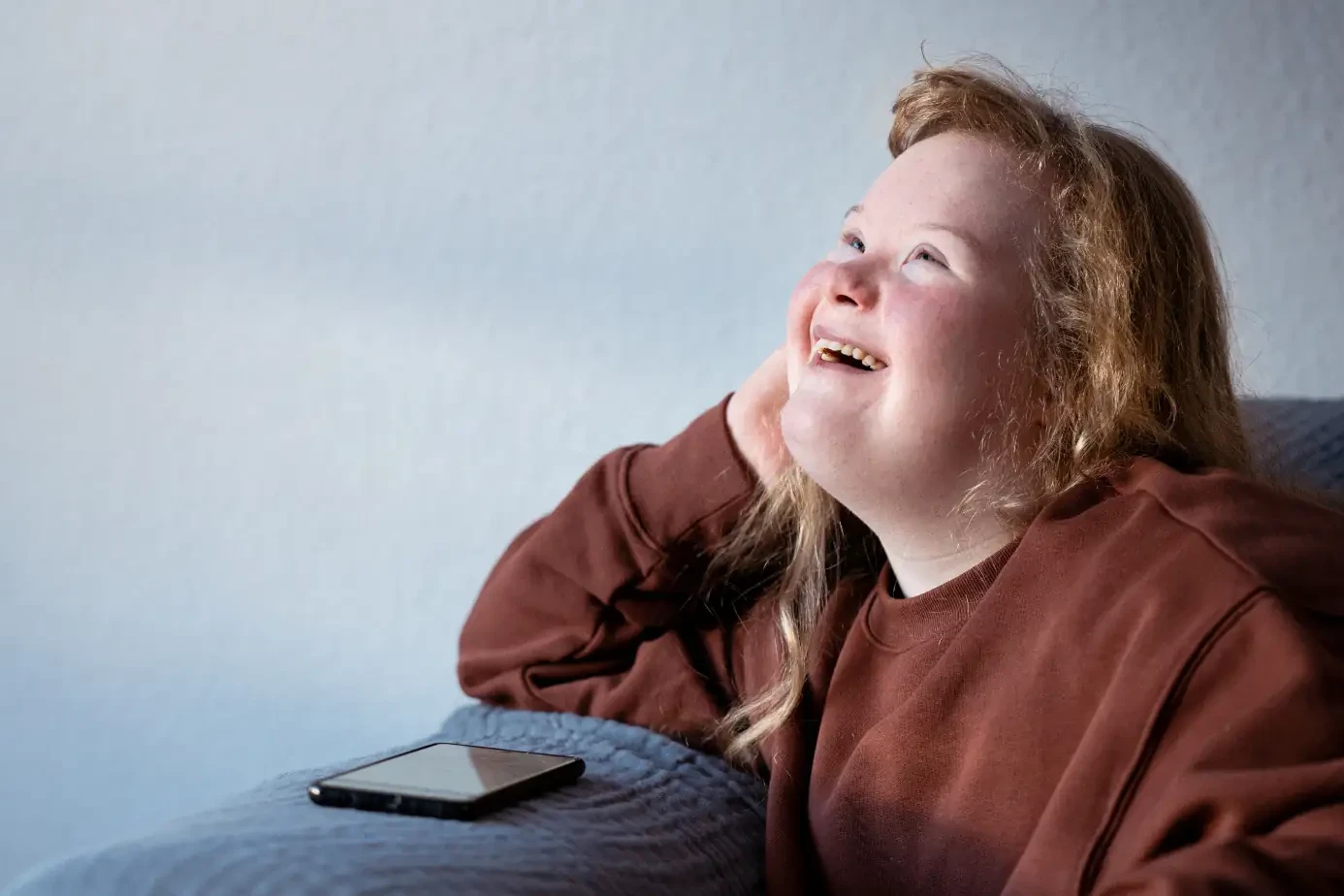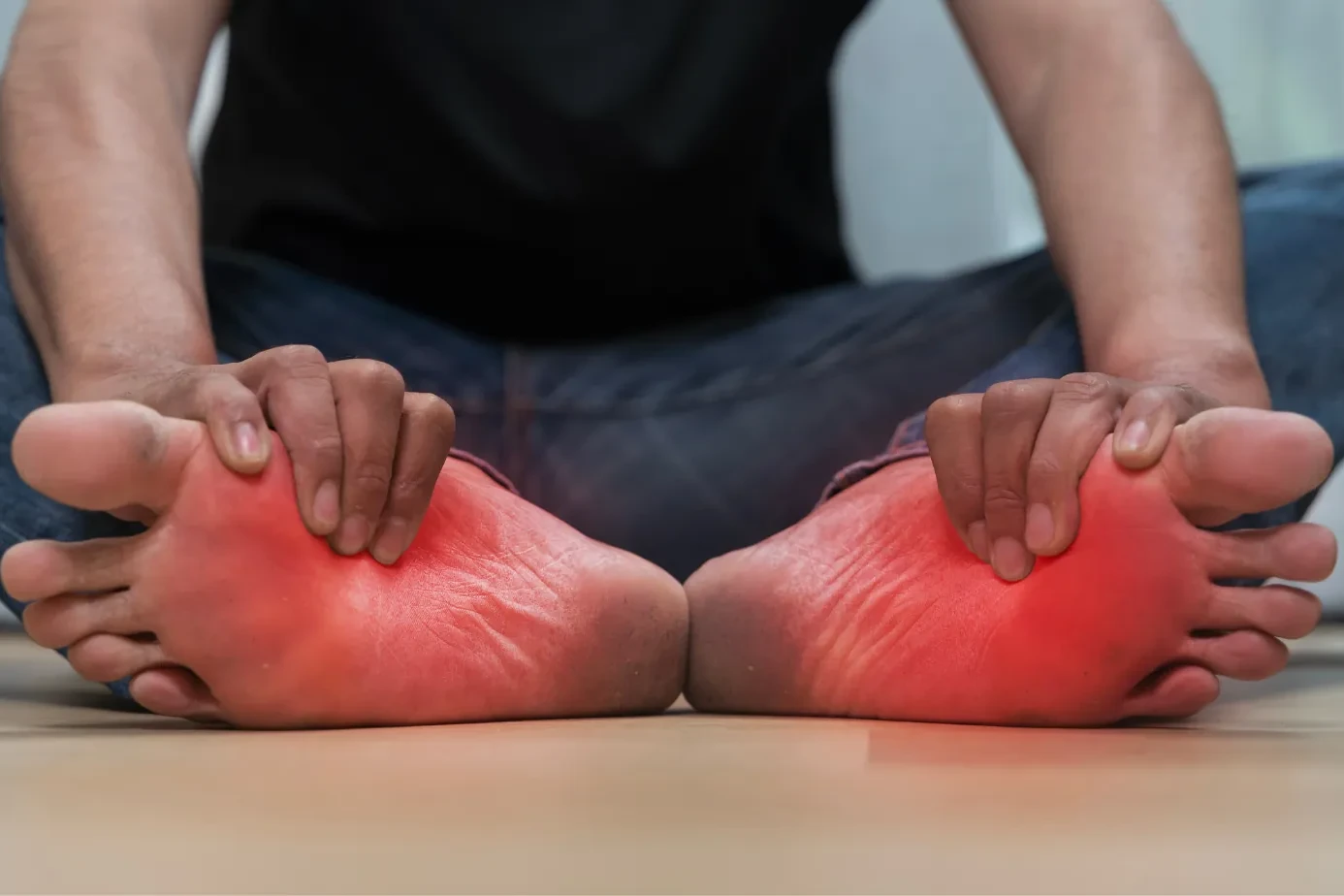Ankylosing Spondylitis (AS) is a rare type of arthritis that primarily affects the spine and sacroiliac joints. Also known as Bechterew’s disease, this condition causes severe inflammation in the vertebrae, leading to chronic pain and stiffness. While more common in men, Ankylosing Spondylitis can affect anyone, often beginning in the late teens or early adulthood. Early detection and management are crucial for minimizing its impact on daily life.
Causes of Ankylosing Spondylitis
The exact cause of Ankylosing Spondylitis remains unknown, but genetics play a significant role. Individuals with the HLA-B27 gene have a higher risk of developing AS. Although not everyone with this gene will develop the condition, a family history of Ankylosing Spondylitis increases the likelihood of acquiring it.
Symptoms of Ankylosing Spondylitis
Symptoms of Ankylosing Spondylitis usually start between the late teens and early 30s. The condition often begins in the lower back and can progress up to the neck. Early signs include:
- Morning Back Pain: Pain that worsens at night and improves throughout the day.
- Large Joint Pain: Pain in the hips and shoulders.
- Postural Changes: Stooped shoulders and poor posture.
- Stiffness: Morning stiffness lasting at least 30 minutes.
- Buttock Pain: Pain that radiates from one buttock to the back of the thighs.
- Systemic Symptoms: Weight loss, fatigue, loss of appetite, fever, and anemia.
- Lung Function: Reduced lung function due to chest involvement.
Ankylosing Spondylitis can easily be mistaken for common back pain, but the long-lasting and severe nature of the pain caused by AS sets it apart.
Ankylosing Spondylitis in Women
While Ankylosing Spondylitis is more common in men, it also affects women. However, diagnosing AS in women can be more challenging, as they often exhibit different symptoms. Women may experience:
- Increased Fatigue: Higher levels of tiredness.
- Severe Stiffness: More pronounced stiffness, particularly at night.
- Pain: More pain in the neck, knees, and hips.
Women with AS are also more likely to experience systemic symptoms such as psoriasis, uveitis (eye inflammation), and inflammatory bowel disease. These symptoms can delay diagnosis as they affect areas beyond the joints. Pregnant women with AS should work closely with their doctors to manage inflammation and avoid pregnancy complications.
Treatment for Ankylosing Spondylitis
Currently, there is no cure for Ankylosing Spondylitis, but treatments are available to manage symptoms and improve quality of life. Here’s how you can manage AS effectively:
Medications
Consult a specialist before taking any medication. Commonly prescribed drugs include:
- Nonsteroidal Anti-Inflammatory Drugs (NSAIDs): Such as ibuprofen and naproxen to reduce inflammation.
- Corticosteroids: These may be prescribed for severe inflammation. Medications should always be taken under a doctor’s supervision.
Exercise
Staying active is crucial for managing AS and preventing stiffness. Recommended exercises include:
- Yoga: Helps maintain flexibility and reduce pain.
- Deep Breathing: Supports lung function.
- Stretching and Posture Training: Essential for maintaining joint flexibility and avoiding poor posture. Stretching can also help alleviate back pain.
Posture Training
AS can lead to vertebral stiffness, affecting posture. Practicing good posture can prevent slouching. Use cushions or ergonomic chairs to enhance your posture.
Therapies
Several therapies can help manage AS symptoms:
- Heat and Cold Therapy: Warm showers or heating pads relieve stiffness, while ice packs reduce swelling and inflammation.
- Physical Therapy: A therapist can help you practice good posture techniques and middle back pain relief.
- Massage: Regular massages can help maintain flexibility and reduce pain. Always inform your masseuse about your condition to avoid tender spots.
Sleeping Tips
Sleeping can be challenging for those with AS. To improve sleep, consider using a specialized pillow or consult an expert on the best sleeping position for your back. Learn more about ways to sleep better during Ankylosing Spondylitis.
Conclusion
Living with Ankylosing Spondylitis can be challenging, but with proper treatment and lifestyle adjustments, you can manage symptoms effectively and maintain a good quality of life. Regular consultations with a specialist, combined with appropriate medication, exercise, and therapy, are key to managing this lifelong condition. If you’re struggling with AS, consider consulting a neurologist or scheduling a teleconsultation for personalized advice.
Also Read:
- Stroke: It’s A Choice! Don’t Call It A Disease.
- Risk Factors Of A Stroke
- Alzheimer’s Disease Effects On Brain
By taking proactive steps, you can effectively manage Ankylosing Spondylitis and enjoy a better quality of life.
About The Author

This article is medically reviewed by Dr. Chandril Chugh, Board-Certified Neurologist, providing expert insights and reliable health information.
Dr. Chandril Chugh is a U.S.-trained neurologist with over a decade of experience. Known for his compassionate care, he specializes in treating neurological conditions such as migraines, epilepsy, and Parkinson’s disease. Dr. Chugh is highly regarded for his patient-centered approach and dedication to providing personalized care.
→ Book a consultation to discover which remedies suit your needs best.




